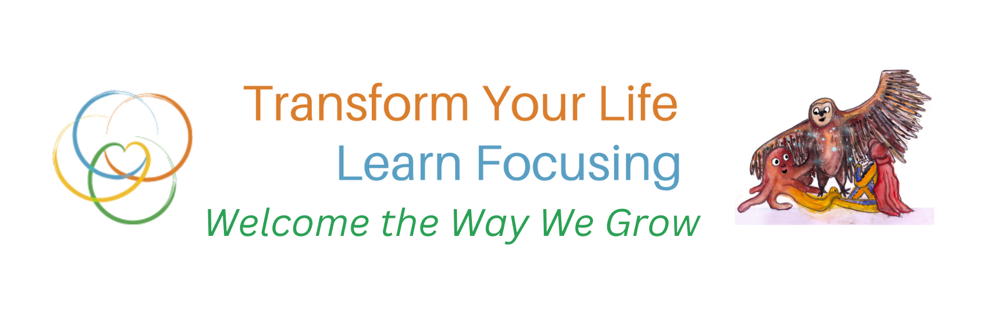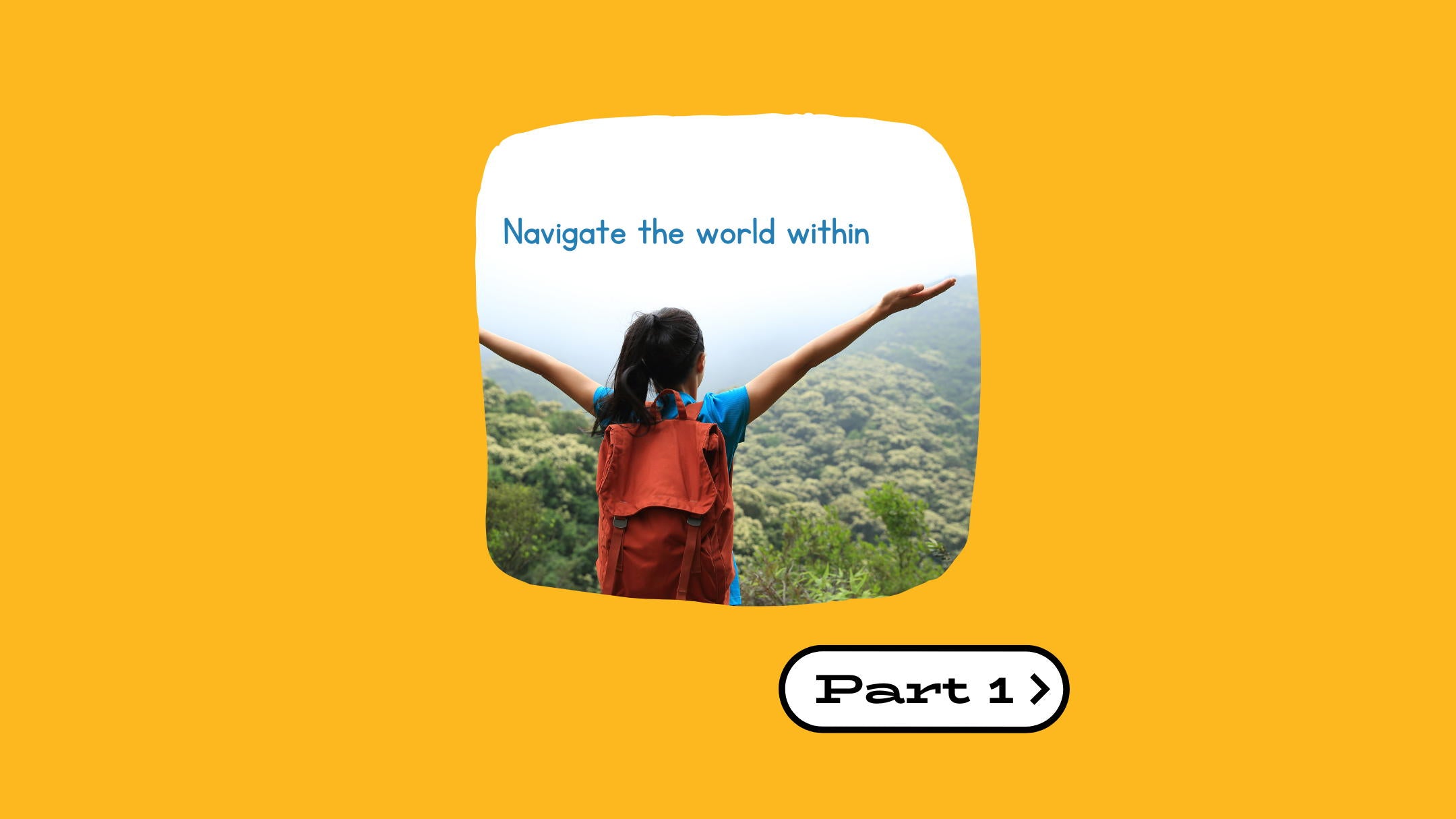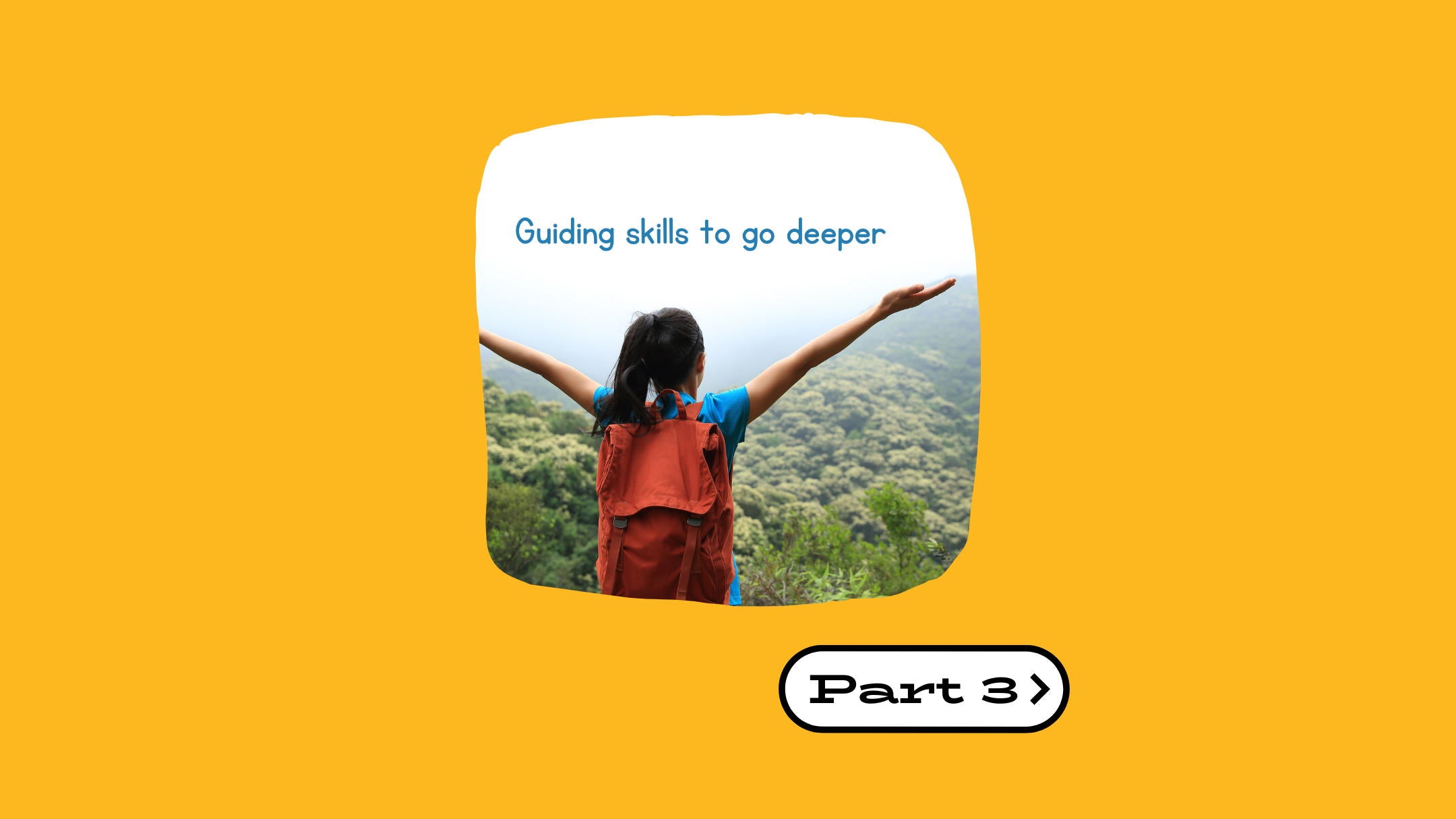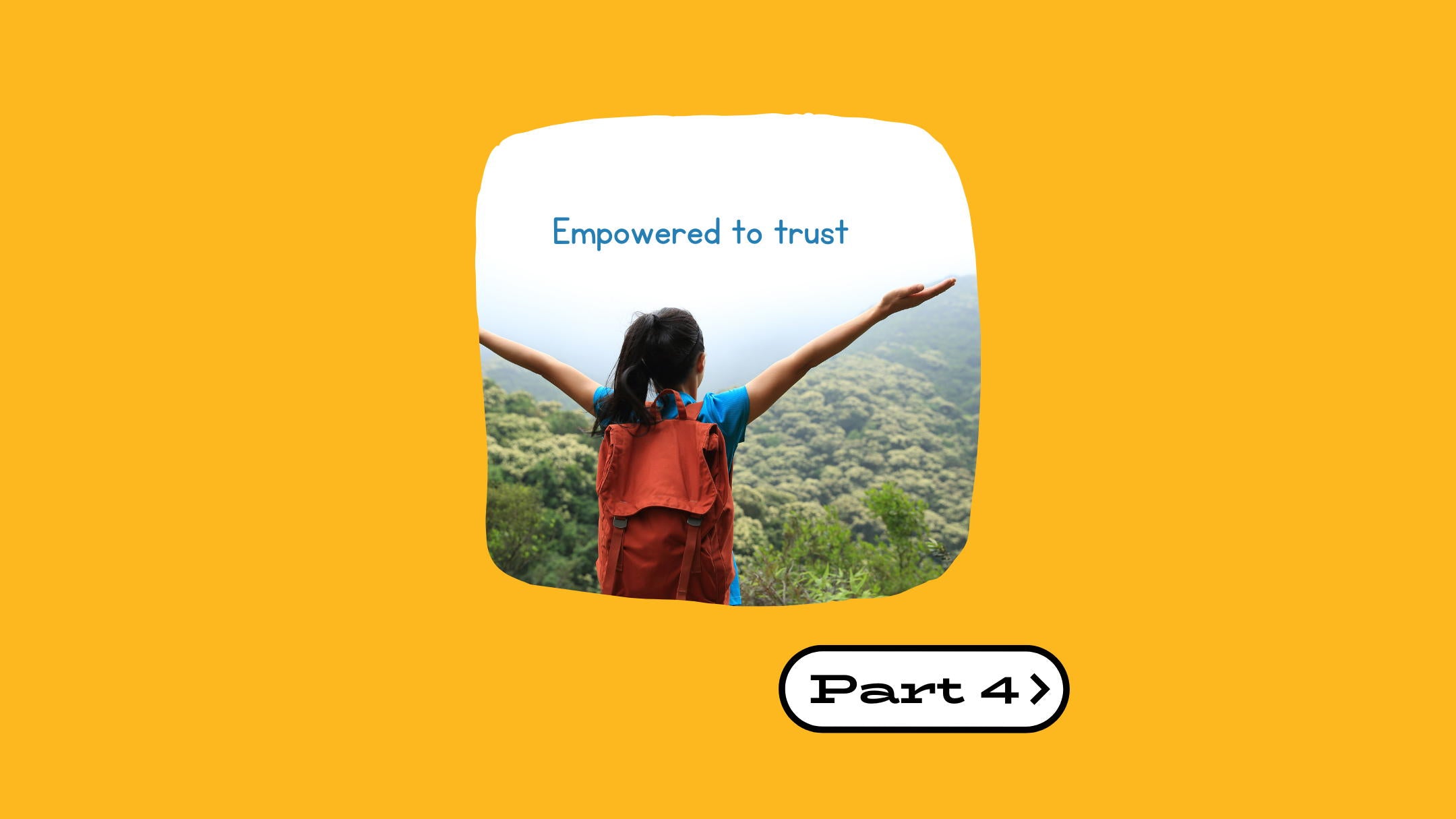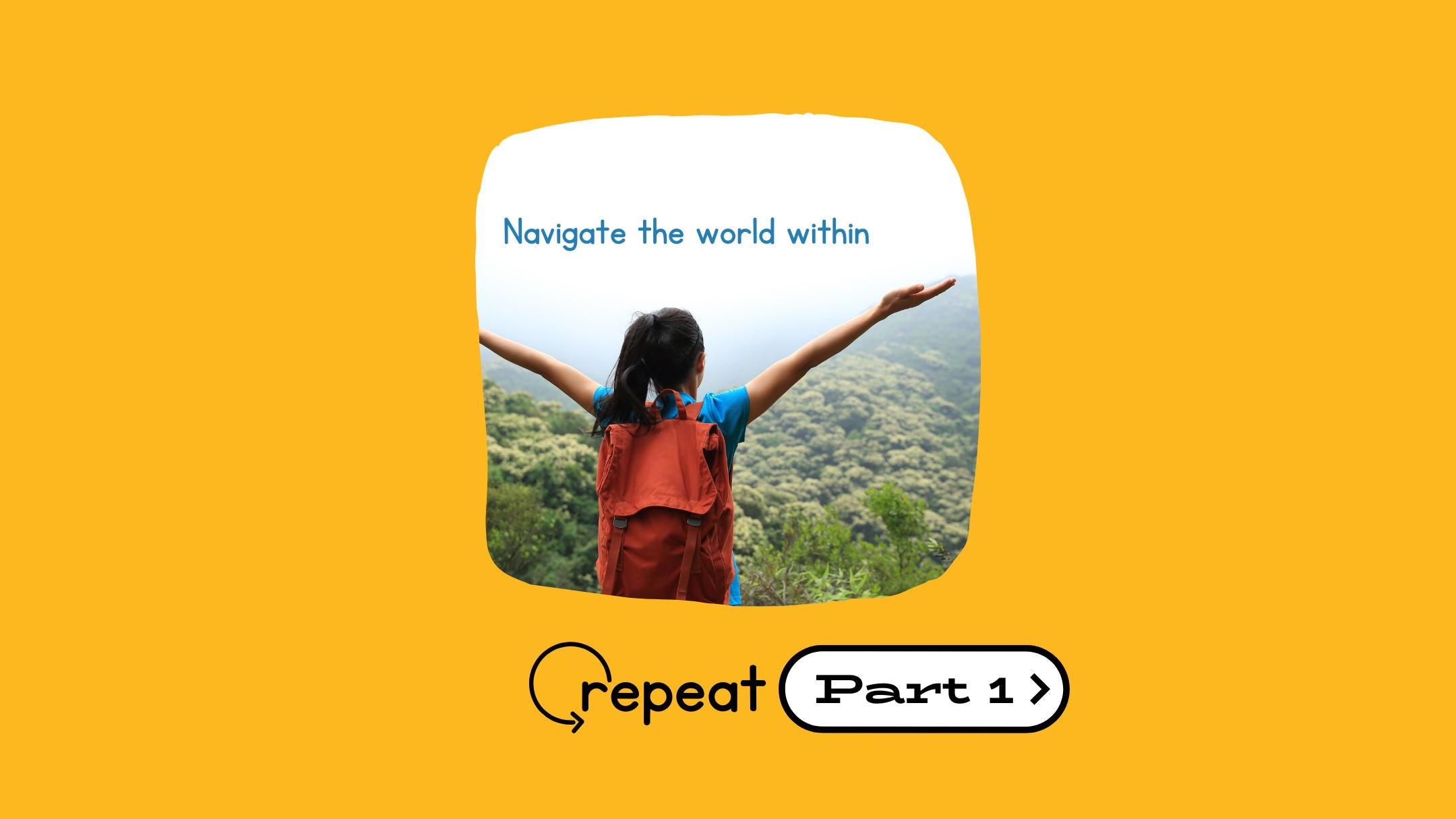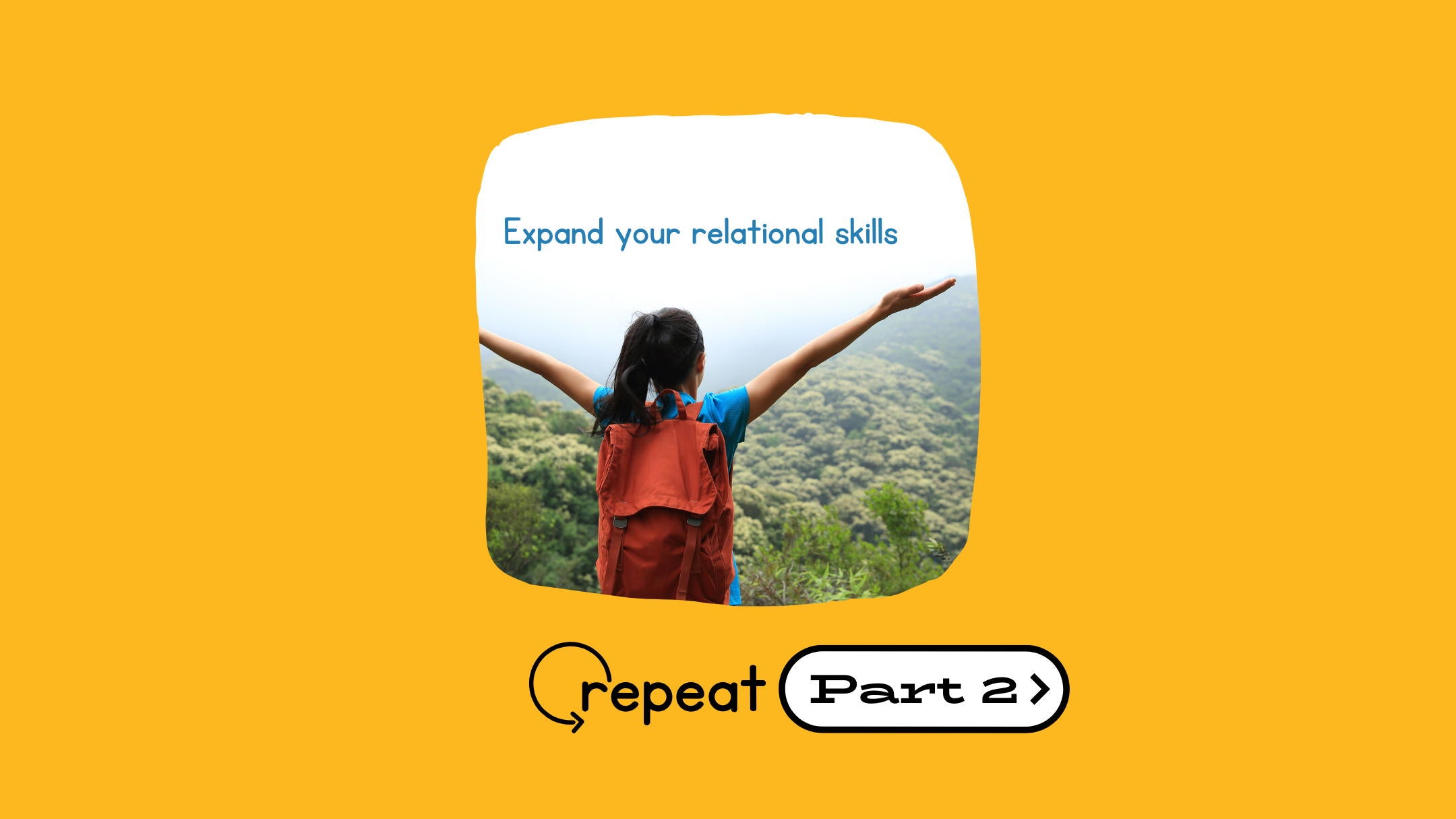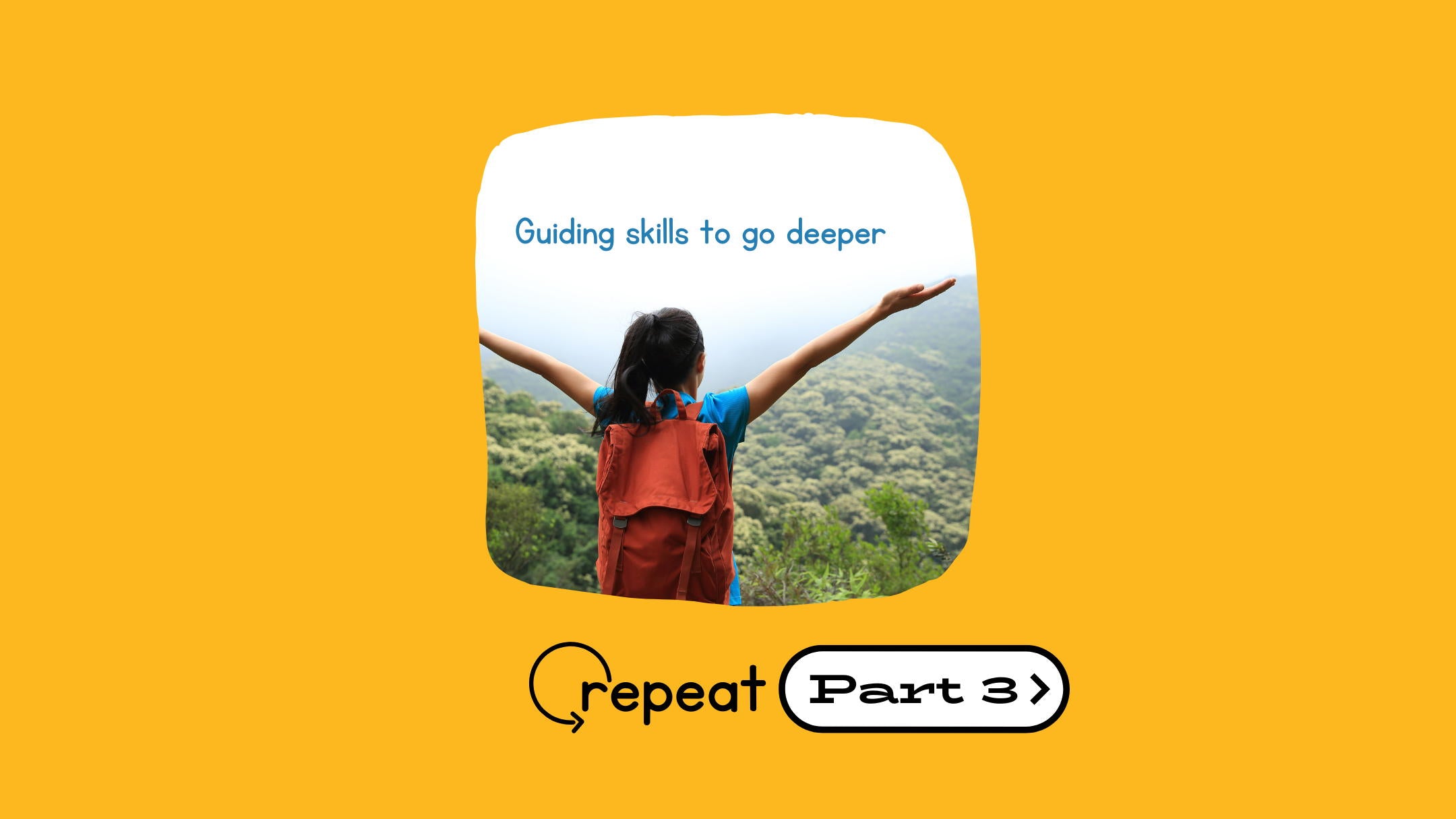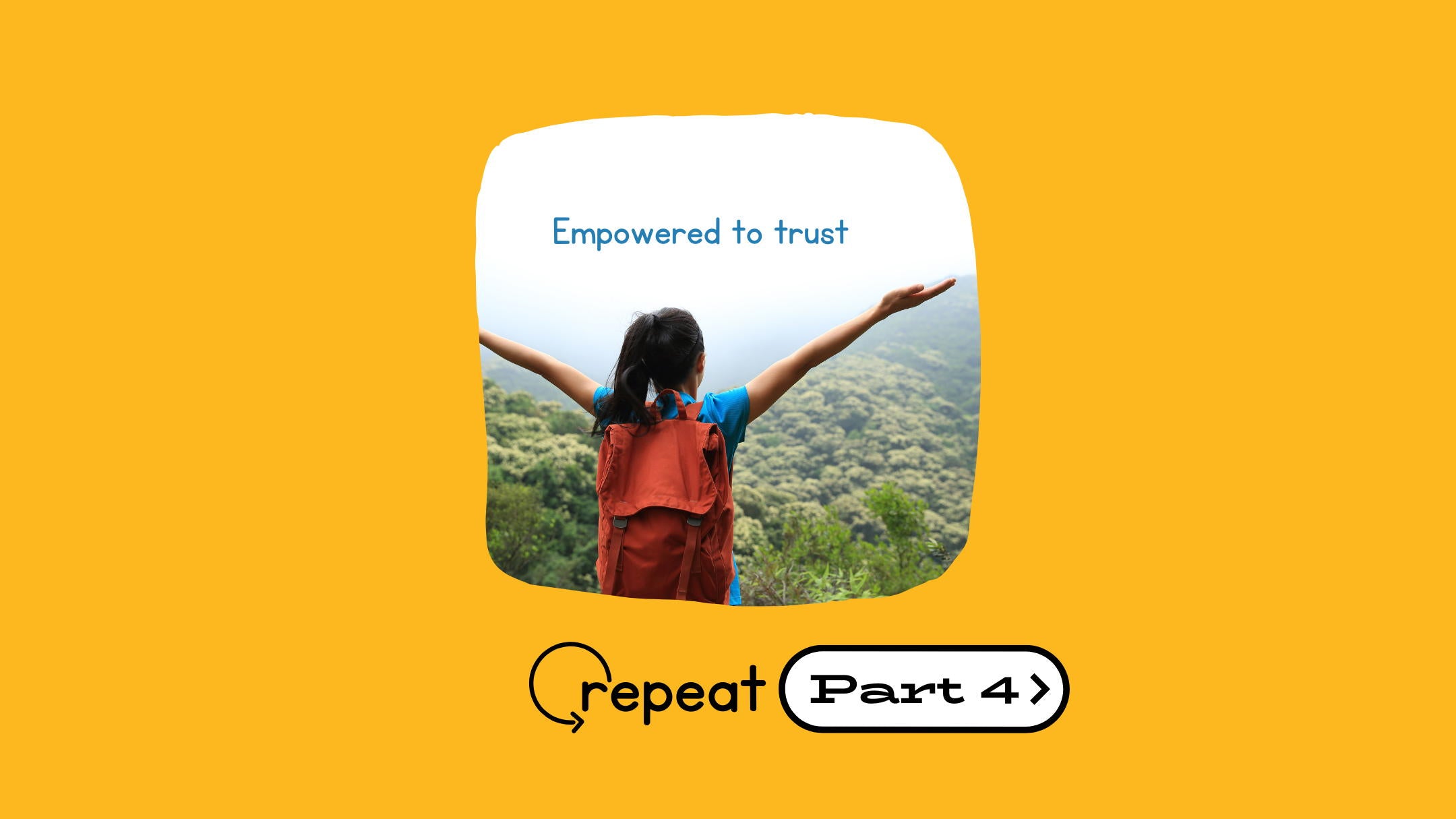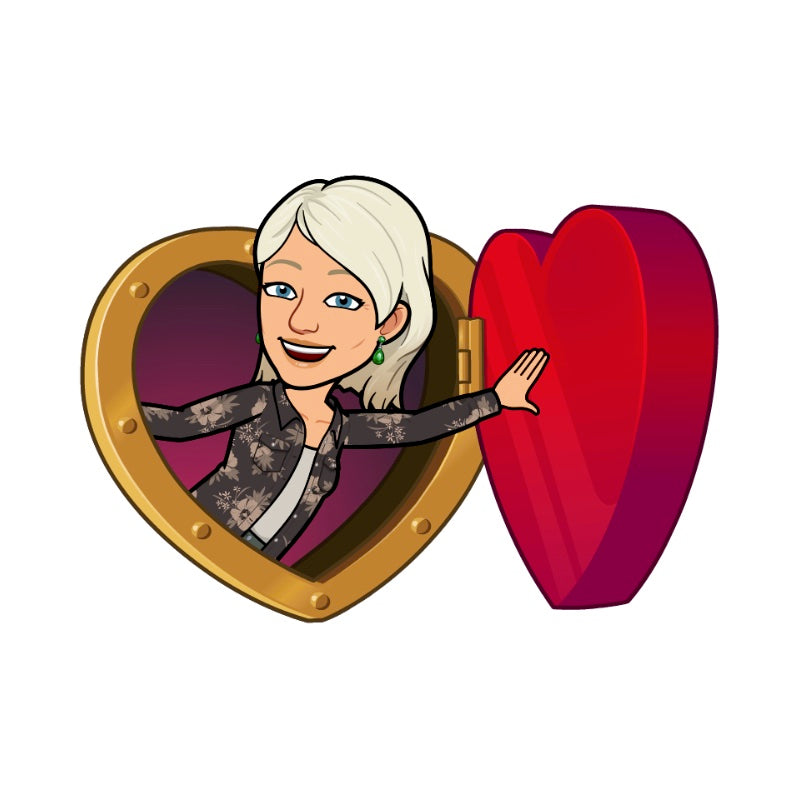Crossing Gendlin's Theories with Neuroscience
You are welcome to download this pdf, Crossing Gendlin’s Theories with Neuroscience I created for a workshop on Three Ways of Experiencing. And in Spanish: Explorando cómo las teorías de Gendlin se Cruzan con la conciencia de los hemisferios derecho e izquierdo del cerebro y nos guian en el proceso.
Keep in mind that each of our brains is incredibly unique and that this information is simply guidelines to explore for yourself. Neuroscience also tells us that our brain is more complex than the entire universe yet discovered. Let’s pause here and say that again. Our brain is more complex than the entire universe yet discovered. What we can access here is often limited by what we believe is possible. And beliefs change.
Our brain is divided into two mostly separate parts. Our right hemisphere (RH) is where all of our sensory information feeds into. This is happening mostly subconsciously, most of the time. Thank goodness that it is! If we were aware of the endless communications that take place to keep our body humming away, we’d all be crazy! And yet, some of this information is useful if we train ourselves to ‘drop in’. Many of us are familiar with getting some type of body communication when we are stressed. People who feel they are empathic, intuitive, follow their ‘gut sense’ or are commonly sensitive to their environment would be hearing from their RH. People who feel like their emotions are somewhat ‘distant’ in general are not receiving that information (at least routinely) from their RH. Wiring is as unique as we are.
In Smartview Stories books, which integrate Focusing and neuroscience, our right hemisphere is represented by an octopus, Hummah.
This is step 1. We can invite our body (RH) to give us ‘its broad perspective’ on any current situation. Our RH will tend to share its perspective as body sensations, emotions, images, short phrases or gestures. This can take some practice to interpret correctly and we practice this as Focusers by taking the understanding back to our body and checking with it.
Next, whether or not we have any awareness of our RH communication, our body automatically moves over our corpus callosum (which connects the two hemispheres) to our left hemisphere (LH). Our LH stores everything we’ve already learned by labeling, forming categories and collecting this all in separate boxes. Everything that has been stored had a purpose relevant to that time. This memory storage typically happens during our sleep. Our LH also houses our language center, so typically our more wordy thoughts come from here. This information is vital for us to make sense of our current situation with what we already know. Important for us to understand is that the LH, because of its nature of storing only what is explicit or known, lives in the past or projects about the future. The information it offers us may not be true for the situation we are currently in.
In Smartview Stories books, our left hemisphere is represented by this guy named Sleuthin.
This is step 2. Our mind (LH) gives us ‘its perspective’ on any current situation. Our LH will tend to share its perspective with lengthy phrases and opinions. There is likely a feel of control and purpose here: “I know”, “it is”, “should”. There may be competing perspectives from several boxes and a stickiness to being right.
This division is between two very necessary perspectives that every moment provide us with information that could potentially contribute toward our well-being and also potentially keep us in somewhat of a negative feedback loop. This is where we tend to come up with only solutions that have worked for us in the past. We may notice quite a variety of different ideas about how to proceed arise from within us, they are all something we used or considered before, useful information that was stored in our LH because of some previous experience. And we might feel ourselves pulled between the two hemispheres here, as with each suggestion, our body has an emotional response we may notice. Our doubter voice comes from our RH and we can often get stuck for long periods in a tug of war between an idea from our LH and something in our RH that doubts it.
This way of utilizing our brain where we bounce around feels to me like the general state of brain evolution that humanity lives at. It shows up on those neural imaging scans and there are approaches where it’s all about what parts of your brain you are utilizing, like maybe doing exercises so that you are visiting more parts of your brain. This is all just fine, however, you are still using your brain in the same way. At any one moment, you have access to and are thus limited by, whatever that neuron is wired to. In Focusing, we call this state being “merged”.
In practicing our Focusing skills by inviting Felt Senses and staying with them from a state of being that models Radical Acceptance, we are using our brain in a very different way than “merged”. We intentionally hold space within us for neurons to connect in ways that always lead toward a sense of thriving for us as an organism.
In Smartview Stories books, coming back to our right hemisphere in this particular way of holding space is represented by an owl, Ashamaya.
This is step 3. We intentionally pause and move ourselves toward Self-in-Presence or being our own Self Mentor. Essentially, we bring ourselves back over to the RH in a way that holds all of the awareness we have from both our RH and our LH for this particular situation, this particular moment of time. Here we are not living merged with any part of our brain. We are creating a space to receive all of our bodies wisdom with a sense of honest curiosity, acceptance and appreciation. This is naturally the space from which new wisdom arises.
There is a lot that could be said about this relational space. We study and practice being in this state of being as both Focuser and Companion in our partnerships. This is a continual unfolding that never ends. We may find ourselves with new insights about ourselves, our health, our jobs, our relationships, our daily patterns, or anything about our environment. It turns out this process has predictable steps and they apply not only to us, also to all that surrounds us. Gene Gendlin, who first named “Focusing” skills, has documented this process in a variety of papers and especially in a book called A Process Model. There are thousands of people, identifying as Focusers, around the world practicing these steps and exploring their own particular ‘edges’ in development. The applications are endless. In fact, you'll find aspects of Focusing in all relational healing modalities. Gendlin's philosophy describes the essence of change in the universe or how this all adapts and evolves.
Without self-awareness, we will repeat the past. All of us can relate to times of frustration when something that always worked for us before is simply not working in this situation right now. Until we pause and can move our perspective to that of the RH that has access to big pictures and curiosity toward trying something else, particularly something new, we will stay in the past and just have access to ideas that have worked before. We prevent ourselves from learning something new.
Understanding how to access Presence is our key in moving in the direction of true human freedom, where we can make new life-giving choices that work for the world we live in now. Ordinary people can learn these skills. The structure of Focusing classes provides us a partnership model that makes this easier. A key reason I am writing Smartview Stories is because I believe the imagery of our RH as Hummah, our LH as Sleuthin and our Mentor Self as Ashamaya is a valuable reminder of how to help ourselves experience neural plasticity.
Please contact me if you’d like to explore any of this more with experiential exercises.
